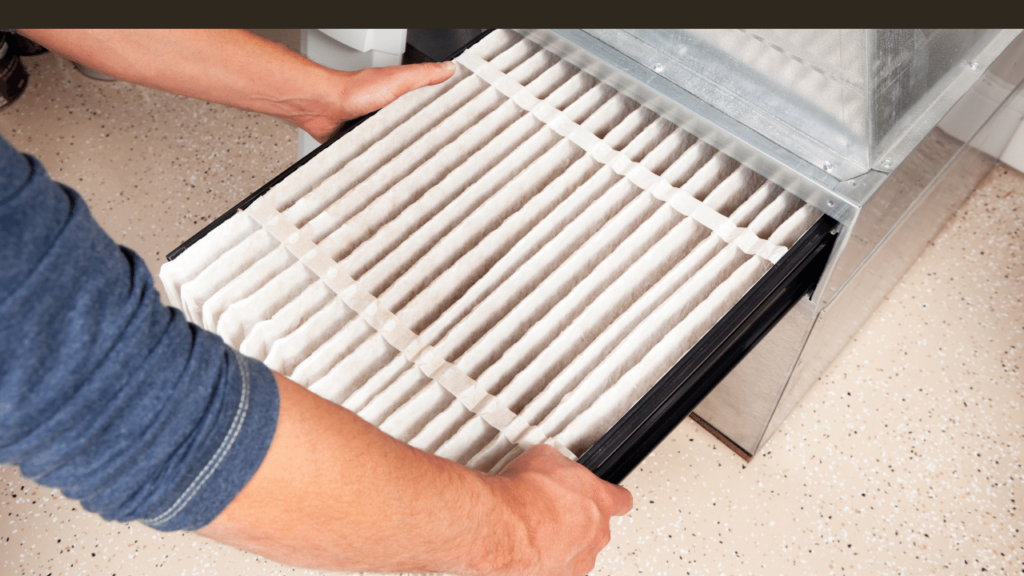When your furnace suddenly stops working, it can be a frustrating and concerning experience. However, it’s important to remain calm and take the necessary steps to identify the problem. The first step is to recognize the signs of a malfunctioning furnace. This may include a lack of warm air, strange noises coming from the unit, or a failure to turn on at all. It’s crucial to determine the severity of the issue and whether it requires immediate attention. If the furnace is not producing any heat or if there are safety concerns, such as a gas leak, it’s best to address the problem right away to ensure the safety and comfort of your home.
Recognizing the signs of a malfunctioning furnace is the first step in the troubleshooting process. A furnace that is not producing warm air or is making unusual noises, such as banging, rattling, or whistling, may indicate a problem
Troubleshoot the Furnace
Once you’ve identified the problem, it’s time to start troubleshooting the furnace. Before you begin, make sure to gather the necessary tools and safety equipment, such as a multimeter, screwdrivers, and gloves. It’s important to approach the troubleshooting process systematically, checking each component of the furnace to identify the root cause of the problem. Start by inspecting the air filters, pilot light or igniter, and the furnace’s power supply. If you’re unsure about the specific steps to take, refer to the manufacturer’s instructions or consult a professional HVAC technician for guidance.

Check the Thermostat
The first thing you need to verify in case your furnace stopped working is the thermostat setting. Make sure thermostat is set to some appropriate temperature and double check compliance with the stated temperature also ensure that it functions well. In the case when the thermostat does not signal the furnace the way it is supposed to be sent, it will cause the furnace to stop working. Ensure that the control unit dial is positioned at the south end (opposite to the low temperature setting direction) and that the room temperature is getting higher than the set heating point. In addition, a possible reason may be related to the connection wires from the thermostat to the furnace, even if the HVAC unit is working as expected.
Consider Calling a Professional
If however you’ve tried all the troubleshooting steps mentioned out above and found out that it is not possible to find or fix the issue with your furnace then that time comes when you’ll need to call in a professional HVAC technician. While there are some instances when you can fix your furnace on your own through diagnosing and small repairs, there are some circumstances when it makes much sense to leave the repair to the professionals. If you are laid out of the problem or you are doubtful about the problem’s cause, a HVAC technician with knowledge can diagnose the problem, conduct the test of the right cure. They are promptly equipped with the right instrument, knowledge and technical skills to better promptly examine and troubleshoot the issue, which in return will ensure a smooth and safe running of your furnace.
Inspect the Air Filters
Besides, a furnace trouble shoot is also achieved by checking the air filters which plays another important role. Besides the prevention of soil or a clog, the air filter, could be a restriction to airflow and cause your furnace to work harder, which decreases the efficiency and could lead to a potential breakdown of the furnace. Spend time cleaning air filters by replacing them when they appear rough or unsanitary. The best is to substitute air filters regularly and the period of time between the replacement being either one to three months based on the volume of your air conditioner and the environment around it. The furnace’s efficiency by being clean air filters not only ensures but also helps to maintain a clean indoor environment, and to increase the life of the furnace itself.

Glance at the light on top in white or the leaf to your left.
If the furnace is blowing cold air then you should check that at the pilot light and igniter. Touch the pilot light or if you cannot see the pilot light then see if the tip of the burner is covered and if any resale signs are present. Fix the pilot light if necessary, and refer to the instructions provided by the appliance manufacturer. If (the pilot light) light(s) are on but the heater is not turning on, it is possible that there is a problem with the igniter. In some instances, the igniter may behave abnormally and will have to be replaced. If you have no idea about how to locate the pilot light or igniter, it is better to opt for professional heating and furnace maintenance rather than take the risk of any problems that might come.

